#Hybrids
Nice Prius - Now Pay Up: Maine to Green Car Owners
Here at TTAC, we sometimes tap sister publications when a story arouses our interest. This piece, published by Hybrid Cars, details a battle brewing in the rustic state of Maine — one that pits hybrid and electric car owners against a government that says their cars, while good for the environment, aren’t good for road upkeep. As cars become greener and gas tax revenues dwindle, this won’t be the last battle.
A proposed new fee for hybrids and EVs in Maine could be the highest in the country, reducing clean vehicle adoption.
The Maine Department of Transportation wants to add an annual registration fee for hybrids and electric vehicles. $150 for hybrids, and $250 for electric models. The DOT is looking to impose the fee because it says drivers of the more energy efficient vehicles aren’t paying their fair share toward road maintenance.
“The owners of these types of vehicles are paying far less in the gas tax than other vehicle owners and they are using the highway system just like any others,” MDOT Manager of Legislated Services Megan Russo told the Portland Press-Herald. “There has got to be a way to try and capture revenue from those drivers who are using our road system.”
Porsche's Unbridled Excitement for EVs Continues to Swell
Porsche, the iconic performance nameplate diving ever deeper into luxury and electrification, once again finds itself incapable of withholding its excitement toward both. Company board member Detlev von Platen claims Porsche is seriously considering increasing the production capacity of its upcoming Mission E model beyond 20,000 annual units and electrifying the Macan crossover.
According to von Platen, initial customer inquiries into the Mission E has been so strong that the brand wants to make sure it can meet demand. Buying habits also give the automaker hope that its customer base is prepared to make the eventual switch from internal combustion to electrically-assisted engines.
“In Europe, around 60 percent of Panamera vehicles were delivered with a hybrid drivetrain,” von Platen said.
2018 Hyundai Sonata Hybrid Gets a Possible Mileage Boost; Plug-in Is Just Happy for the New Face
Hold on a minute, you’re thinking — you’re pretty sure you’ve seen this vehicle before. Yes, you have, as the conventional gas-powered 2018 Hyundai Sonata went on sale last summer with a revamped face, tail, and assorted other goodies.
What didn’t launch alongside the refreshed midsize sedan was its hybrid and plug-in hybrid siblings, which soldiered on with a 2017 face until just now. At the Chicago Auto Show Thursday, Hyundai had the distinct pleasure of pulling the wraps off a body already familiar to the buying public, just with different internals. Don’t worry, though, there’s still something new to talk about.
Why Bring Back the Insight? Because a Hybrid Civic Just Isn't Done
Honda raised a few eyebrows by announcing the return of the Insight hybrid for 2019, this time as a larger and plusher four-door sedan. While the model holds the title of America’s first hybrid car, its groundbreaking status didn’t carry over into the model’s second generation, which, despite selling better than the two-seater first-gen model, quietly (and slowly) disappeared from the market after its 2014 discontinuation.
The automaker sold three “new” 2014 Insights last year, and 67 the year before.
Throughout the second Insight’s run, and continuing through 2015, the Civic Hybrid was also available to lower-end electrified car shoppers. Which begs the question: why didn’t Honda just make a hybrid version of its wildly popular 10th-generation Civic?
Oh no, Honda couldn’t do that.
Nissan Finally Confirms E-Power for North American Models
After a year’s worth of build-up, Nissan has finally confirmed it will bring its backward-working “e-Power” series hybrid system to the United States. Unlike a conventional hybrid, e-Power drivetrains use an internal combustion engine to generate electricity for an exceptionally small battery. However, the gas-burner doesn’t also drive the wheels — it only runs at a constant speed to charge the battery pack. All propulsion is handled by an electric motor, making the internal combustion unit a full-time “range extender.”
According to the automaker, the end result is a car with the characteristics of a battery-electric vehicle with an exceptional range and no slow-charging plug-in requirements. Cars using the e-Power system don’t even come with an electrical port. Nissan was spotted testing a few Notes equipped with the system last year in Michigan — presumably to get them ready for the North American market. But, despite e-Power seeming like the perfect way to create a low-cost EV (the bizarro hybrid Note retails for $19,000 in Japan), executives are suggesting the technology will initially arrive on higher-priced nameplates.
Join the Club: Infiniti Becomes the Latest Automaker to Go 'Electric'
There’s that misleading word again. At this week’s North American International Auto Show, Infiniti promised it would only field new products featuring some sort of electrified propulsion starting in 2021, thus joining half the automotive universe in promising an “electric” future.
In reality, this means each new model appearing after the target date will launch with at least a hybrid variant in tow. In Infiniti’s case, it means a handful of fully electric vehicles, plus the use of a novel Nissan technology that sees a gasoline engine running at all times.
Europe's Growing Distaste for Diesel Is Great News for Hybrids - and an Opportunity for Toyota
In the first half of last year, the number of new vehicles sold in Europe with a diesel engine under the hood (or bonnet, depending on your port of call) fell below that of gasoline-powered vehicles.
Spurred on by various tax incentives aimed at boosting national fuel economy, diesel’s popularity hit a high water mark in 2011, with 55.7 percent of all passenger cars sold in Western Europe that year leaving the lot with a compression ignition powerplant. However, since Volkswagen’s debacle, automakers, governments, and consumers are having second thoughts about the fuel.
After seeing the diesel take rate fall 17 percent in 2017, Britain anticipates the overall market share for oil burners could hit 15 percent in 2025. Germany, birthplace of diesel fandom, saw sales sink 7 percent last year, now standing at 38.8 percent of new vehicles. The French take rate is now below 50 percent, as well.
Replacing the incentivized high-torque engines isn’t a job that can be handled by gasoline alone, not in that market, anyway, which is where hybrid vehicles come in. For Toyota, this as much a problem as an opportunity — one that could have an impact on North America.
2019 Honda Insight: America's Oldest Hybrid Climbs the Social Ladder
Third time’s a charm, they say, and Honda surely hopes it’s true. As the third iteration of the on-again, off-again dedicated hybrid model, the newly enlarged 2019 Honda Insight is putting on airs and climbing up from the bottom of the automaker’s model lineup.
For the coming model year, the reintroduced Insight will occupy the third rung of the brand’s car portfolio, above the Fit and Civic, but below Accord. Thanks to a pre-Detroit auto show release, we now have a better idea of what’s going on inside the new Insight, as well as under the hood.
Charge It, Jeeves: Bentley to Unveil Bentayga Plug-In Hybrid
Making good on a statement made a year ago, Bentley will show a plug-in hybrid variant of its cross-eyed uniquely styled Bentayga at March’s Geneva Motor Show. This continues its expansion of a model that is already built with a 6.0-liter W12 and, in some markets, a 4.0-litre diesel V8. A gasoline-fuelled V8 is apparently on tap, too.
This will mark the first electrified vehicle for the luxury brand, one better known for bespoke interiors than batteries and kilowatts. Going forward, though, there’s an increasingly excellent chance that electrons will spread like wild kudzu across the model range.
Everyone Leases Electric Vehicles Because the Next Crop Will Always Be Better
The automotive industry frames electric vehicles as the future of motoring, but despite a large number of plug-in options already available, the entire idea of owning an electric car is still rather futuristic. Leasing one, however, is far more contemporary.
Growing in popularity, automotive leasing hit a record high in 2016, accounting for 31 percent of all new vehicle sales in the United States. But that’s nothing when you isolate the number of electric cars. U.S. drivers now lease nearly 80 percent of battery-electric vehicles and 55 percent of all plug-in hybrids. Accounting for this trend is a consumer perception that EVs will only get better over time — which isn’t all that different from saying the current fleet isn’t all that impressive.
2018: The Year You Might - Just Maybe - Buy Your First (Sort of) Electric Vehicle
The odds are still stacked against such a purchase, but next year stands to become the greatest year yet for vehicles not entirely powered by internal combustion.
In its look at industry trends for 2018, Edmunds reveals a number of no-brainers: the passenger car segment continues its sad decline, luxury SUVs remain a massive growth market, and the amount of new car buyers choosing to lease remains static at 30 percent.
One segment, however, stands to hit the accelerator next year. Green vehicles — covering the hybrid, plug-in hybrid, and electric vehicle segments — will break out of the micro-niche category and catapult firmly into the “niche, but approaching mainstream” realm.
Kia Niro Plug-in Looks to One-up the Toyota Prius Prime in One Key Way
Kia’s well-regarded Niro, the boxy, decent looking hybrid five-door that’s a cross between a crossover and a hatch (it doesn’t offer all-wheel drive), spawns a plug-in sibling for 2018.
Positioned as a mainstream offering for green yet thrifty families, both Niro and Niro Plug-in offer more than 100 cubic feet of passenger volume in an incognito body while delivering fuel economy approaching that of the Toyota Prius. In plug-in form, the Niro travels 26 miles before requiring the assistance of gasoline.
While the Niro Plug-in’s price tops that of a base Prius Prime, we’ve learned Kia has a strategy for scoring value-minded buyers.
2018 Honda Clarity Plug-In Hybrid First Drive - Star Captain Joins the Team
(In keeping with our goal of providing interesting and varied content, we sometimes bring you stories published by TTAC’s sister sites that we feel will satisfy your discerning tastes. This first drive review of Honda’s Clarity plug-in hybrid comes to us from a familiar name. It was first published by Hybrid Cars.)
Honda has rolled out its newest salvo in the effort to wean drivers off gasoline.
In a three-pronged approach, a team simultaneously deploys multiple solutions to solve a particular problem. We see this tactic at work when your humble author tries to assemble furniture or harried parents attempt to get their toddler to eat dinner.
Rather than placing all their eggs in one particular alternative-fuel basket, Honda has decided to pursue a cadre of options: a plug-in hybrid, a battery-powered all-electric, and a hydrogen fuel cell car. So confident are they in their gambit, the company has developed a car that can be equipped with either of these three powertrains.
The machine you see here is the Honda Clarity.
2018 Mini S E Countryman ALL 4 Review - A Business Case Gone Wrong
Mini Coopers are one of those cars that easily starts a debate among the TTAC staff in our Slack channels. Are they fun to drive or not? Too “cutesy” or no? Is there a place in the market for them? Are they overpriced?
I’ve long been of the mind that Minis are fun to drive, too expensive, and it’s up to the beholder when it comes to the styling. I also think there is a place in the world for small “city” cars – though I’m biased, as I live in the kind of congested area where small cars thrive.
What I struggle with is why this Mini needs to exist. Other than a cynical attempt at boosting corporate fuel economy numbers, I don’t see a need for an all-wheel-drive plug-in hybrid that doesn’t have much EV-only range and doesn’t really need to be plugged in. Of course, if you don’t plug in, you get a shorter fuel range when running on gas than that of its stablemates.
Patent Reveals GM Is Working on a High-compression, Twin-turbocharged, Hybrid Powertrain
General Motors has recently filed a patent that could point to the future of the company’s high-performance offerings, including the C8 Corvette.
After 18 months in review by the United States Patent and Trademark Office, documents published on October 24, 2017, reveal GM has been granted a patent for an internal combustion engine with elevated compression ratio and multi-stage boosting.
The document describes a propulsion system made up of a high compression internal combustion engine that uses a low-flow supercharger in combination with a high-flow turbocharger, linked to “one or more electric motor/generators.”
It gives us an interesting look at how GM engineers plan to continue producing obscene performance cars like the Corvette ZR1 and Camaro ZL1 1LE in a world of increasingly stringent emission regulations.




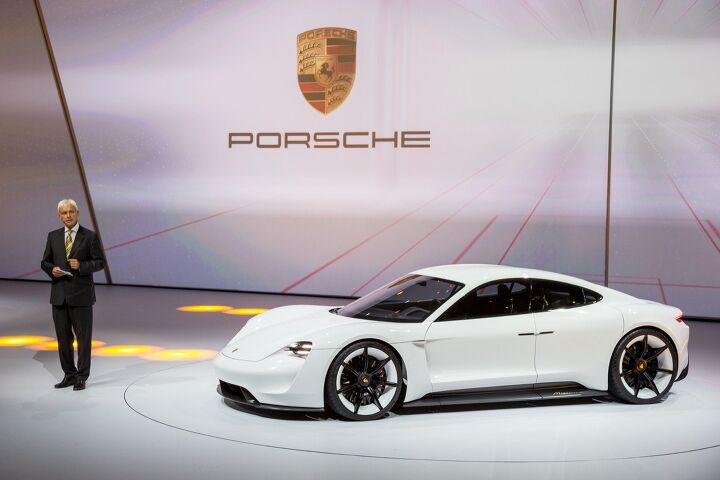

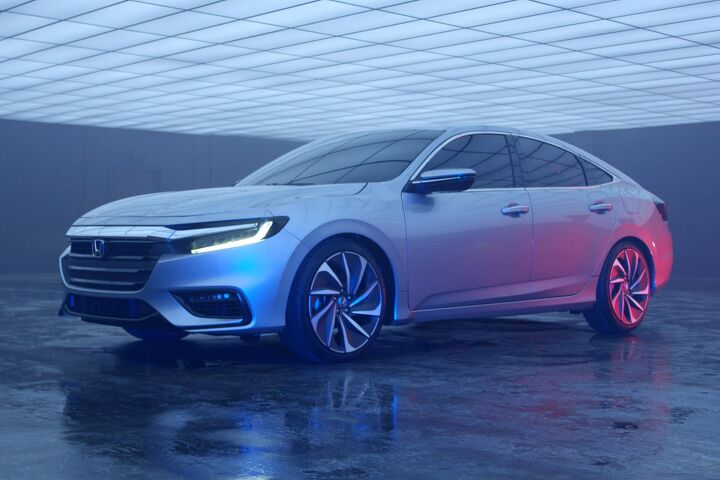
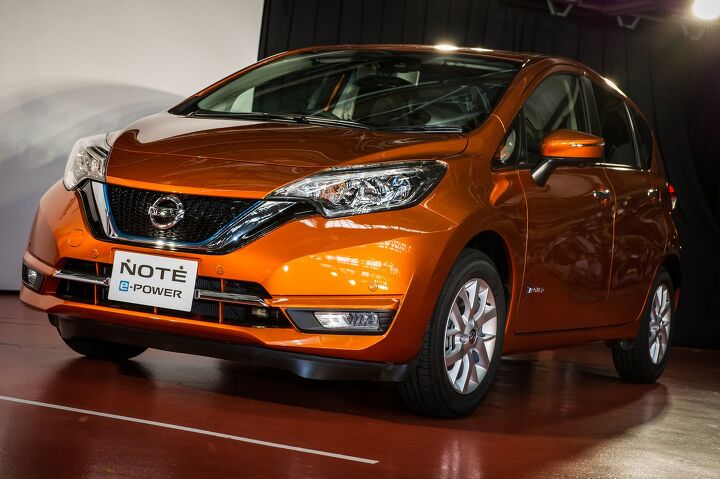

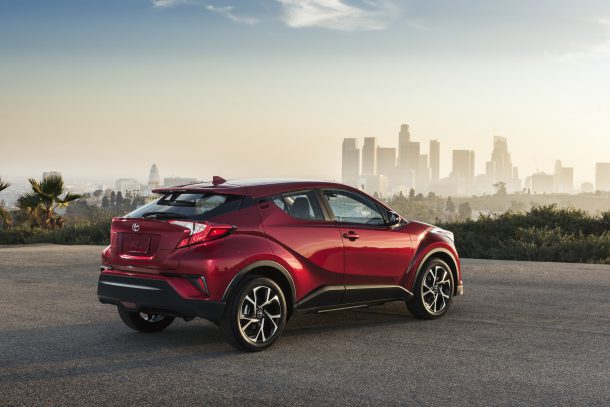





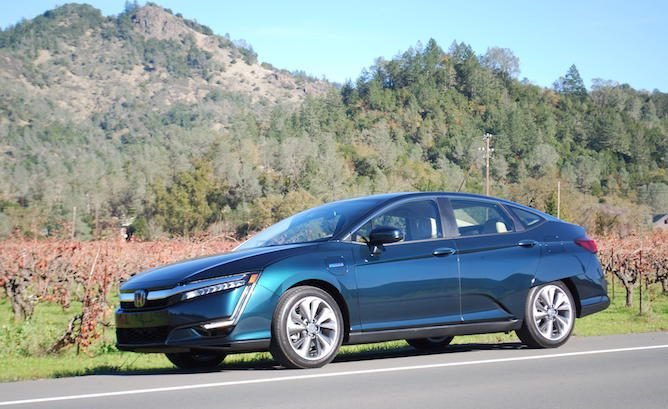














Recent Comments